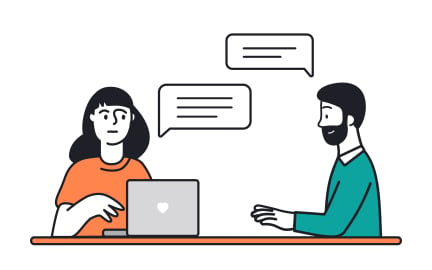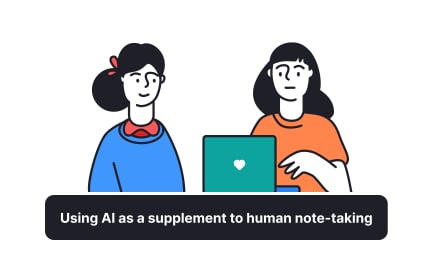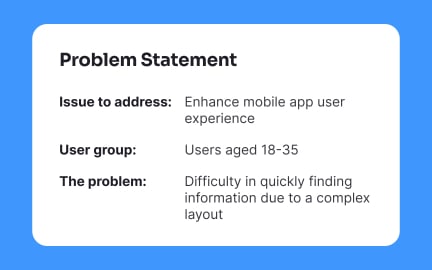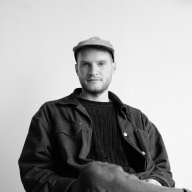Interview
Interviews in product and design are structured conversations with users or stakeholders that uncover insights, validate assumptions, and guide decision-making.
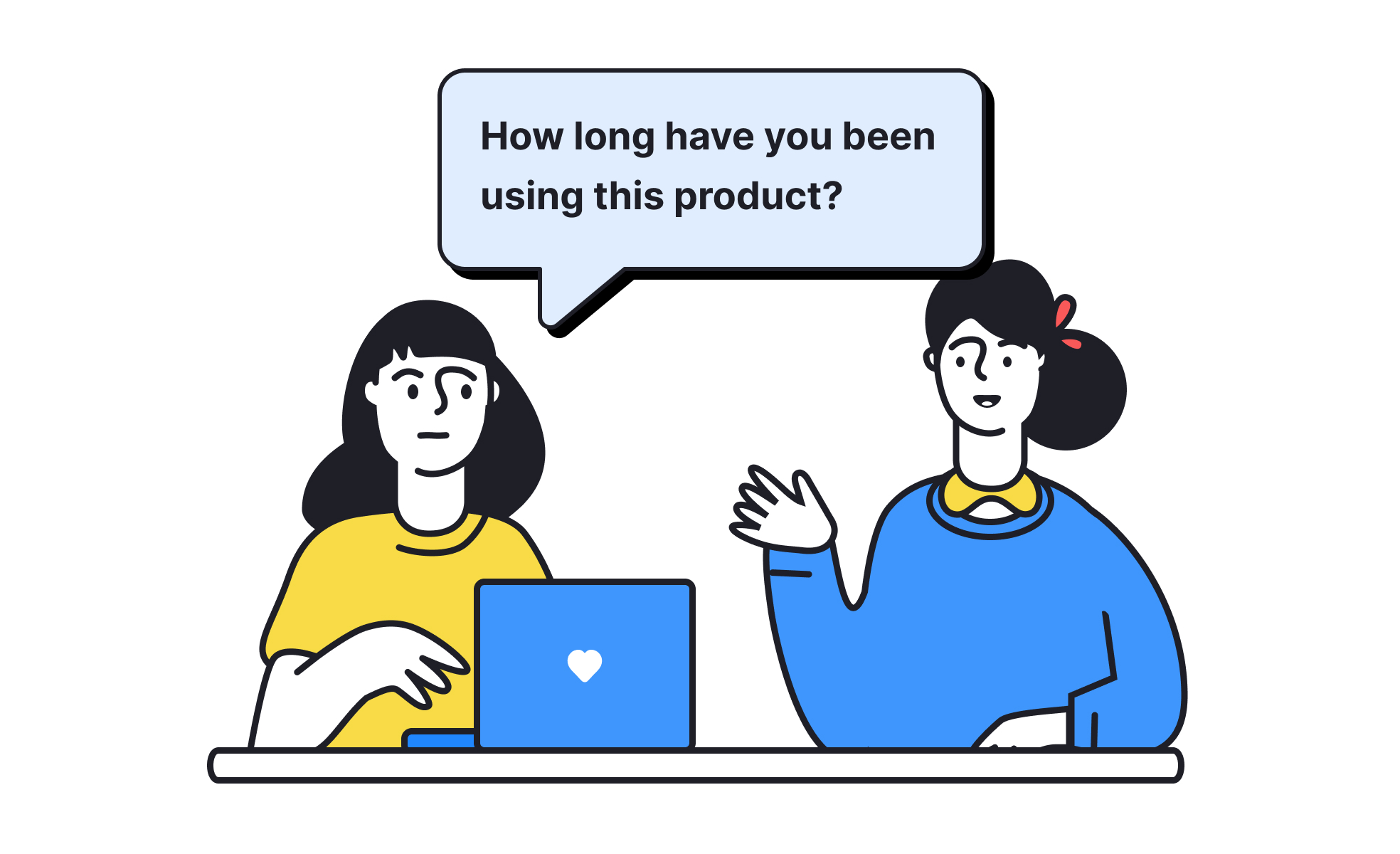
TL;DR
- Structured conversations to gather insights or evaluate fit.
- Used in user research, hiring, and stakeholder alignment.
- Help validate assumptions and uncover hidden needs.
- Require planning, active listening, and clear objectives.
Definition
An interview is a structured conversation designed to collect information, test assumptions, or assess suitability, commonly used in research, product development, and hiring contexts.
Detailed Overview
Interviews are one of the most widely used tools in product development, UX research, and organizational growth. They allow teams to engage directly with people, asking open-ended questions that reveal motivations, frustrations, and expectations. Unlike surveys, which quantify trends, interviews provide depth and context.
One of the top questions is how user interviews differ from stakeholder or hiring interviews. User interviews focus on behaviors, needs, and pain points, giving teams evidence to inform design and product choices. Stakeholder interviews align internal expectations, clarifying priorities and goals. Hiring interviews evaluate candidates’ skills, culture fit, and potential contributions.
Another frequent query is how to structure an interview effectively. Preparation is critical. Teams define objectives, craft open-ended questions, and avoid leading phrasing. For example, instead of asking, “Do you like this feature?” they might ask, “How do you usually accomplish this task?” The goal is to encourage storytelling and uncover insights rather than confirming assumptions.
Users often ask how many interviews are needed to gather meaningful data. While it depends on scope, research shows that 5–8 user interviews often reveal most recurring patterns. Beyond that, diminishing returns appear, though additional sessions may uncover edge cases. For hiring, multiple interview rounds are common to test skills, behavior, and alignment.
Another recurring topic is bias. Teams worry about leading questions or confirmation bias shaping results. Effective interviews rely on neutrality, attentive listening, and a willingness to follow unexpected threads. Recording and transcribing sessions also help capture accurate data, which can later be analyzed collaboratively to minimize individual interpretation bias.
The true value of interviews is not in raw responses but in the structured insights they generate, which guide product improvements, hiring decisions, and organizational alignment.
Learn more about this in the User Interviews Exercise, taken from the Design Processes Lesson, a part of the Design Terminology Course.
Surveys provide quantitative data at scale, while interviews generate qualitative depth. Interviews uncover motivations, emotions, and behaviors that numbers alone cannot explain.
Teams often use both together: interviews to identify themes, and surveys to test how widespread those themes are.
In user research, 5–8 interviews often reveal most recurring patterns. Going beyond can add nuance but usually offers fewer new insights. Hiring interviews are more extensive, often involving multiple rounds to assess technical skills, behavioral traits, and culture fit.
The number depends on goals, but the principle is to balance depth with efficiency.
Leading questions, lack of preparation, and too much talking by the interviewer. Effective interviews are user-centered, with carefully crafted open-ended questions and active listening.
Recording or taking structured notes helps capture insights without relying on memory.
Avoiding bias and creating a comfortable environment for participants ensures more authentic responses.
Raw transcripts or notes should be coded into themes, pain points, and opportunities. Affinity mapping is a common technique, where observations are grouped to reveal patterns. Synthesized findings can then inform personas, journey maps, or product priorities.
This structured synthesis turns scattered responses into actionable insights for design and strategy.
In hiring, interviews assess skills, personality, and fit. In research, interviews uncover user needs and behaviors. Both rely on similar techniques, open-ended questions, active listening, and structured evaluation, but serve different goals.
Hiring interviews ultimately decide on a candidate’s suitability, while research interviews aim to build knowledge that informs product decisions.
Recommended resources
Courses

Color Psychology

UX Writing

UX Research
Lessons

ChatGPT in User Research

Implementing an Empathy-Driven Design Approach

Customer Interviews
Exercises
Projects

User Persona | UX Research

Ankama Games Launcher Concept - UX/UI Case Study





